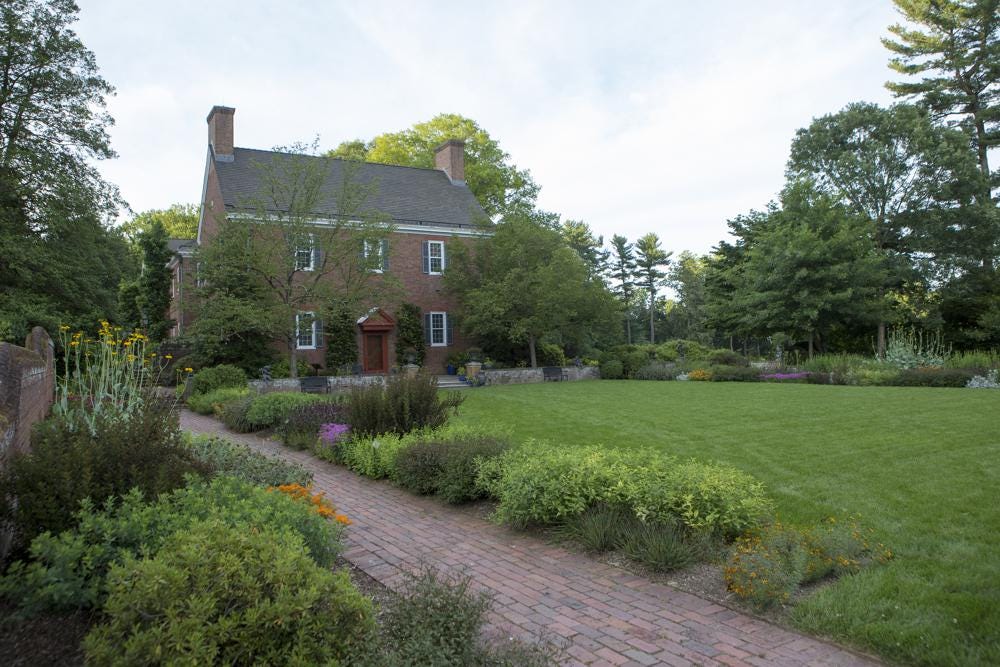If you’re a first-time visitor, welcome! To receive The Weekly Dirt in your inbox every week…

Happy Earth Week!
As a gardener, you’re likely more in touch with nature than the average person. All those hours spent prunin…
Keep reading with a 7-day free trial
Subscribe to The Weekly Dirt with Jessica Damiano to keep reading this post and get 7 days of free access to the full post archives.


